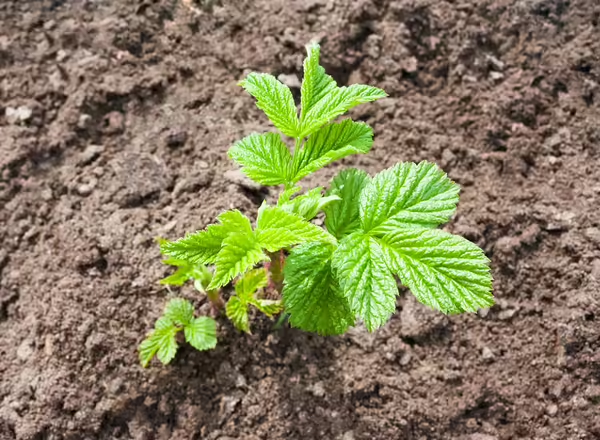
Planting Backyard Fruits
Healthy, vigorous plants are essential for establishing a successful small fruit planting. It is wise and, in the long run, cheaper to buy the best plants available. The disadvantages of poor planting stock can never be overcome. Reputable nurseries supply disease-free and true-to-name plants. The state certificate of nursery inspection is your assurance of healthy plants. Strawberry, raspberry, and blackberry plants should be “virus-free” at the time of purchase. Many of these plants are now supplied from tissue-culture propagation. Tissue-culture plants may cost more than traditionally propagated plants but are worth the extra cost.

Obtain catalogs from several nurseries. While some nurseries specialize in one or two types of small fruits (specialty nurseries), others are more general and supply most small fruits. Orders should be placed early to obtain desired cultivars. November or December is not too early to order plants for the following spring. The delivery date and method of shipment should be specified when placing the order.
One-year-old plants of medium to large size are generally the best to buy. The added cost for older or extra-large plants is seldom justified. Blueberry plants are an exception. It is best to purchase 2-year-old container-grown plants. Two-year-old transplants are also good.

Cultivars for home small-fruit plantings should be selected for their high quality for eating fresh, pre- serving, or both. Many cultivars of high-quality small fruits are not suited to commercial production, so the only source of these quality fruits may be your own garden. Disease resistance and winter hardiness also are very important considerations. Careful selection of early- and late-maturing cultivars will provide fresh fruit over a long harvest season. The use of several cultivars helps to ensure a successful planting; one cultivar may perform well in one location and poorly in others. The cultivars suggested in this unit are generally adapted to Illinois conditions. Special notation is made when a particular cultivar is best suited to a particular region. In addition to the suggested cultivars, gardeners can purchase and compare one or two new cultivars.
Most plants are dug by nurseries in late fall or early spring while the plants are dormant, stored under refrigeration, and then shipped dormant during the correct season. Such plants, when handled properly, are as good as freshly dug plants.
Packages should be opened and the plants examined as soon as they arrive. If they smell sour and rot- ten, they should be replaced by the nursery. Healthy plants have an earthy smell; roots should be supple and white. It is a good idea to peel back the wrapping to let excess heat escape from the package. Do not let your plants dry out. If the plants are dry when they arrive, soak the roots in water for one or two hours and plant immediately, if possible. If planting is delayed more than one day, place the plants in cold storage or in a refrigerator (32° to 40° F) that is not being used to store fruits and vegetables, or “heel- in” the plants.
For cold storage, moisten the roots if they are dry, but be careful not to get them too wet, or the plants may mold and rot. Plants in plastic bags may be kept satisfactorily for a week in your home refrigerator. Avoid storing plants in refrigerators that also contain fresh fruits (especially apples and pears) because the fruit produces a gas (ethylene) as it ripens that can in- jure or kill plants. Do not allow plants to freeze.
To “heel-in” plants, select a location that is well drained, shaded, and protected from the wind. Dig a trench deep enough to permit covering the roots and long enough to place all of the plants side by side.
After positioning plants in the trench, firm the soil over the roots. Do not cover the crowns of strawberry plants. Water the plants thoroughly and keep them shaded until they are ready to plant. Do not leave the plants heeled-in any longer than absolutely necessary. Their roots will begin to grow, and transplanting them will destroy some of their new feeder roots.